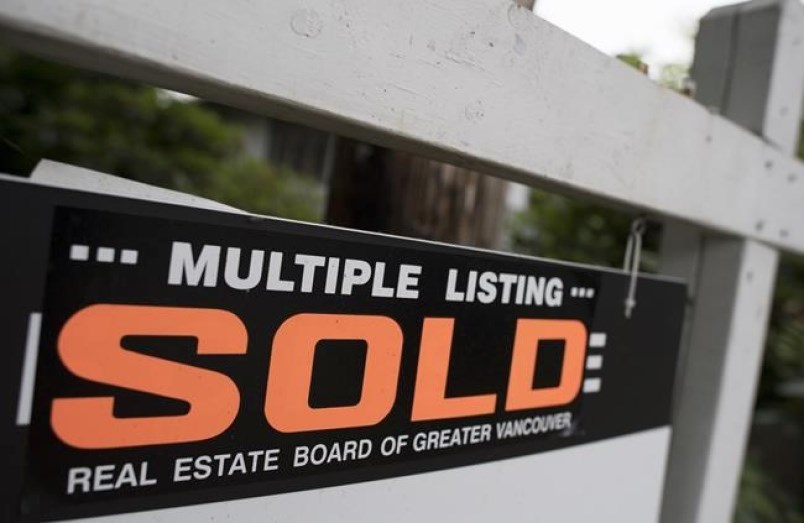A simple addition and subtraction equation might not add up to the right answer when calculating money laundering’s impact on the B.C. economy, according to some experts.
A May report led by Simon Fraser University public policy professor and former B.C. deputy attorney general Maureen Maloney concluded $5.3 billion was laundered through the province’s real estate market in 2018.
This activity in turn inflated homes prices by 3.7 per cent to 7.5 per cent, according to the report.
Meanwhile, the Business Council of British Columbia (BCBC) estimated in 2016 about one-third of the province’s economic growth was tied to what it described as the residential real estate industrial complex: home building, home renovation, real estate sales, mortgage underwriting, home appraisals and other linked activities
So what would happen, in theory, to the B.C. real estate market if money laundering were to instantly evaporate?
“The true answer is we don’t know,” BCBC chief policy officer Jock Finlayson said.
“The difficulty is that [real estate prices] are already going down in the major urban markets, and they’ve been going down by a lot more than five per cent before the Maloney report ever saw the light of day.”
Average residential prices in B.C. slid seven per cent to $680,671 in April compared with a year earlier, according to data released in May by the BC Real Estate Association.
Home sales, meanwhile, plummeted 18.2 per cent last month compared with the same period a year ago, to 6,652 units.
The B.C. real estate market slowdown has been underway since 2017, long before the release of multiple high-profile reports on money laundering from former RCMP deputy commissioner Peter German.
Finlayson attributed the declines to two main factors.
The first is the federal government’s so-called mortgage stress test, which has made it more difficult for first-time homebuyers to qualify for a mortgage.
The second is the introduction of a foreign-buyers tax on the provincial level, which grew to 20 per cent from 15 per cent between 2016 and 2018.
“The money laundering thing to me is some added colour to that narrative, but it’s not what’s driving the bus, either on the way up or the way down,” Finlayson said.
But even the starting point for a definitive answer may be difficult to determine, according to BMO senior economist Robert Kavcic.
“We pretty much know just using common sense, and looking at what’s happening with the sales and the price data, that certain types of activity are going on,” he told Business in Vancouver. “But to back it up with good hard data would be a better situation.”
Kavcic said economists and policy-makers need access to a “clean and historical” set of data on both non-resident and domestic investment activity to effectively determine what economic impact on B.C.’s real estate sector should be expected if an effective money laundering crackdown were to unfold.
Agencies such as Statistics Canada and the Canada Mortgage and Housing Corp. (CMHC) have recently been collecting more of this data.
A June 2018 CMHC report estimated the share of non-resident owners of condominiums stood at 2.2 per cent in Â鶹´«Ã½Ó³»and 2.5 per cent in Toronto.
Statistics Canada’s estimate pegs the share of non-resident ownership for all properties at 4.8 per cent in Â鶹´«Ã½Ó³»and 3.4 per cent in Toronto.
While data on those two cities is helpful, Kavcic said experts need a broader picture to see how this activity compares with other cities across the country.
“At the end of the day, it’s the calculus around cost and benefits that will drive the behaviour,” Finlayson said.
“And so far the benefits of money laundering have been extensive and the likelihood of being caught and convicted have been infinitesimal. So no wonder the activity has flourished.”



